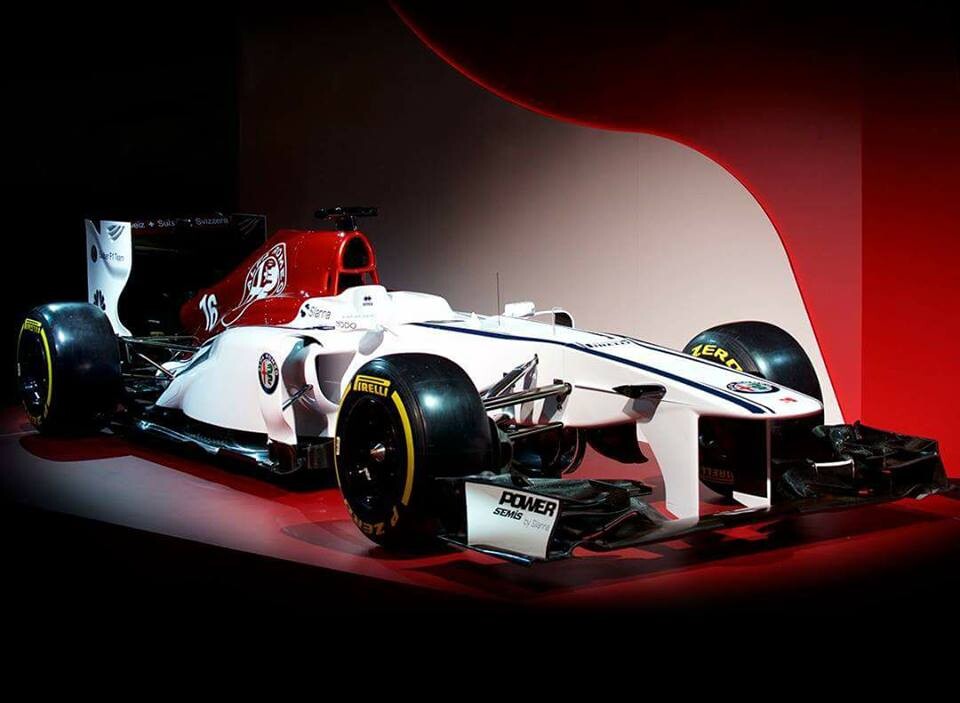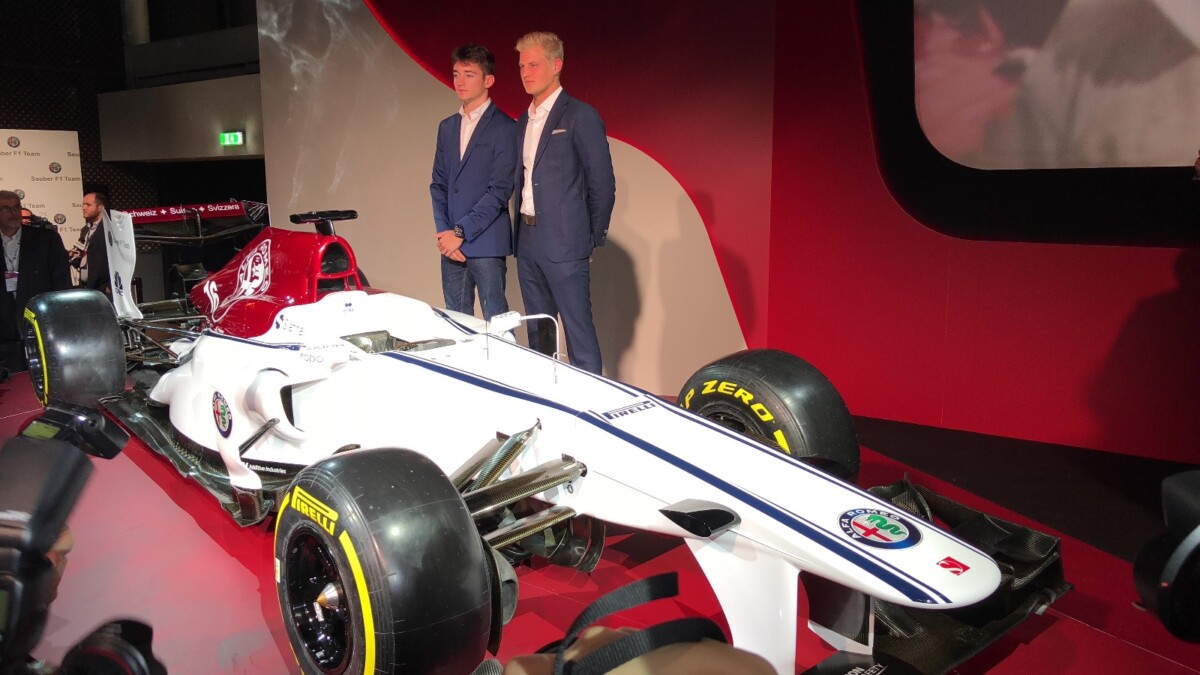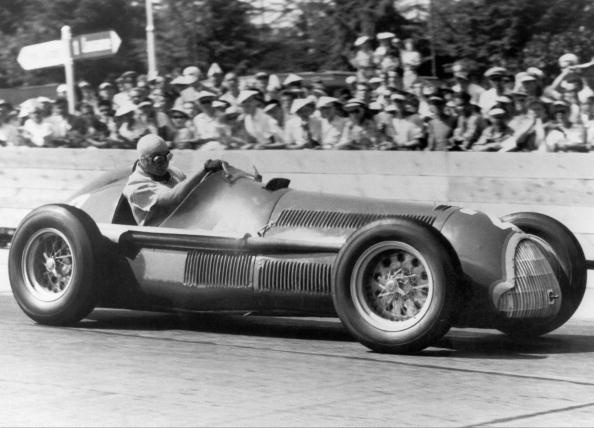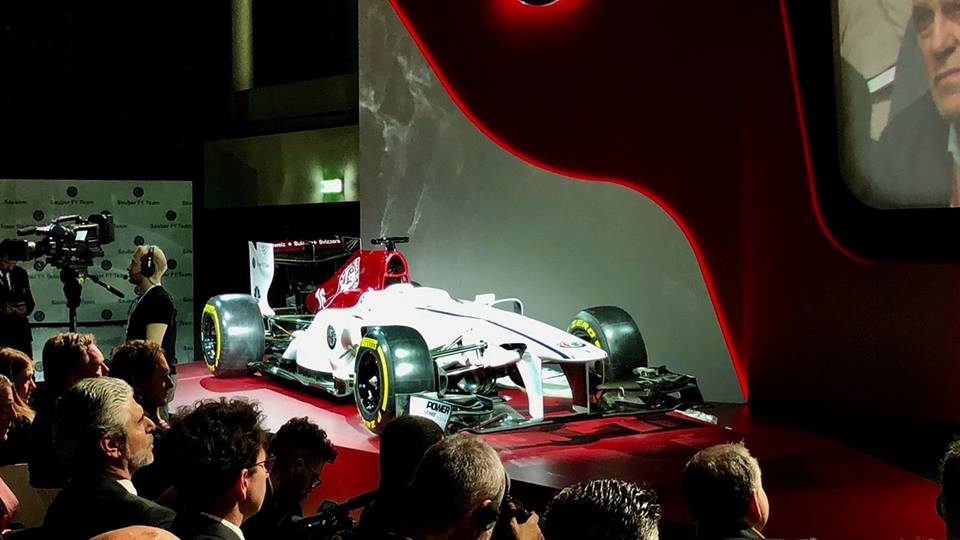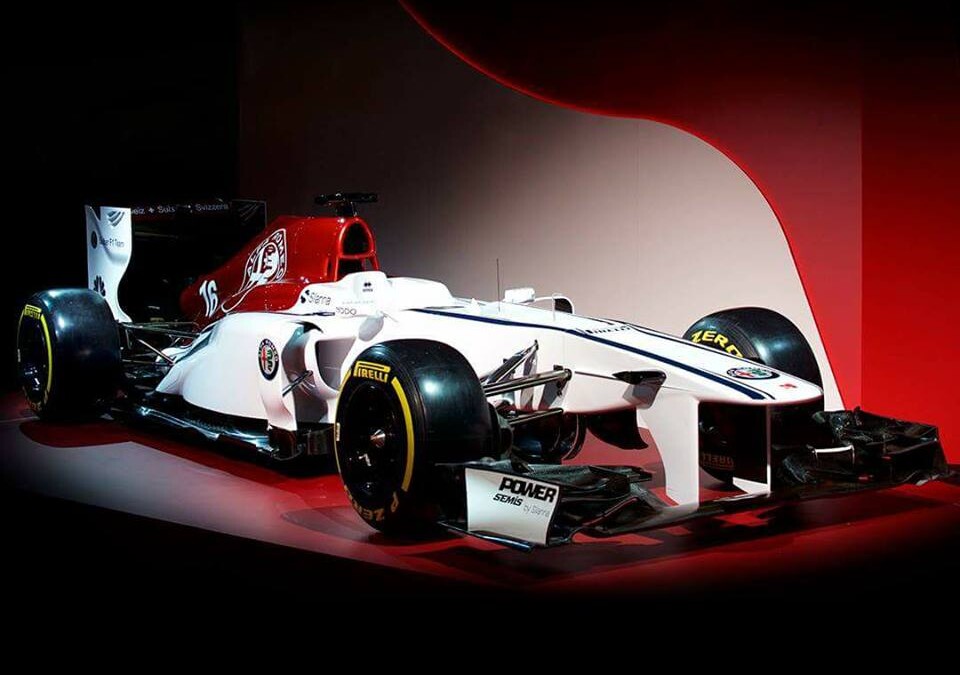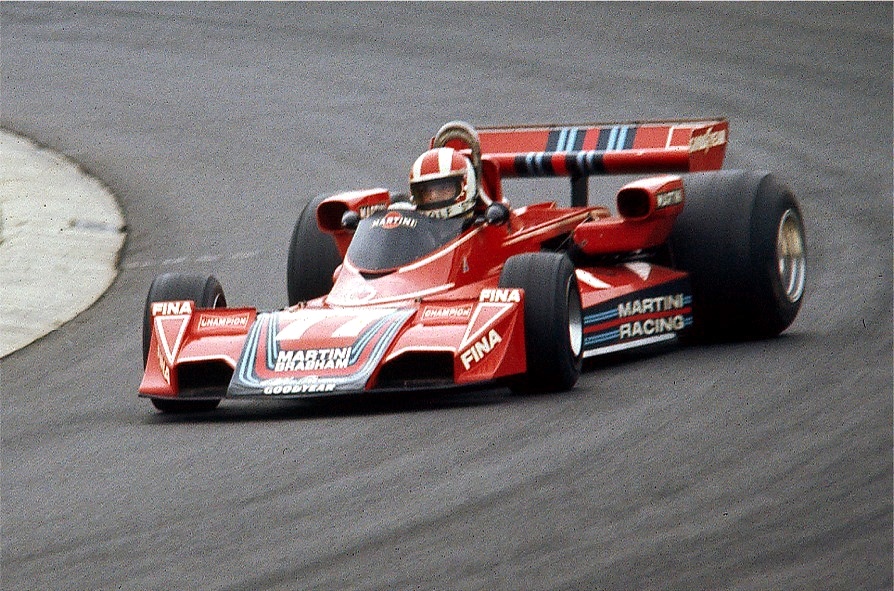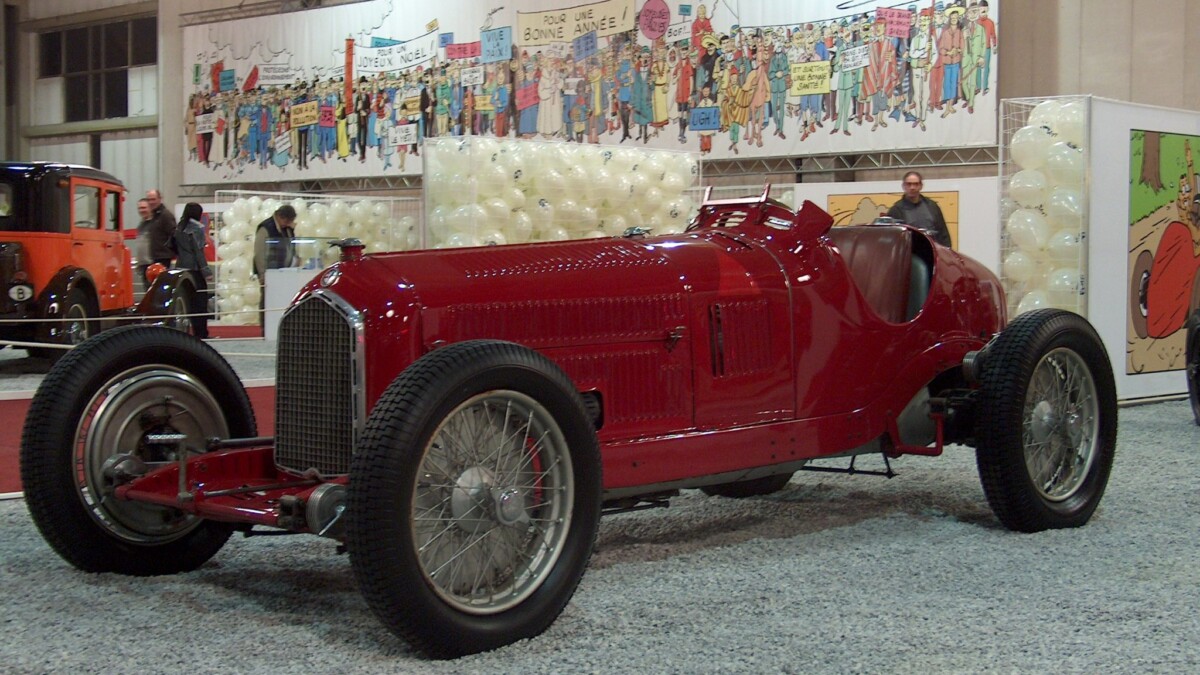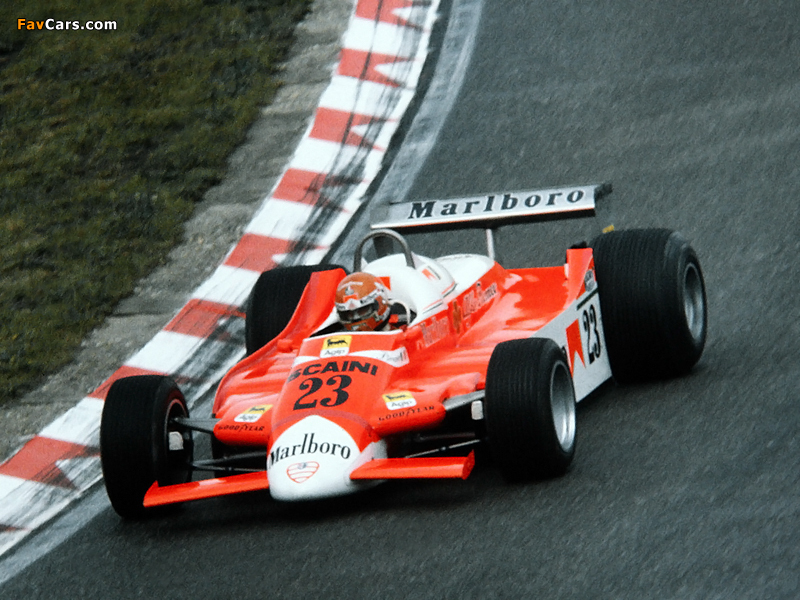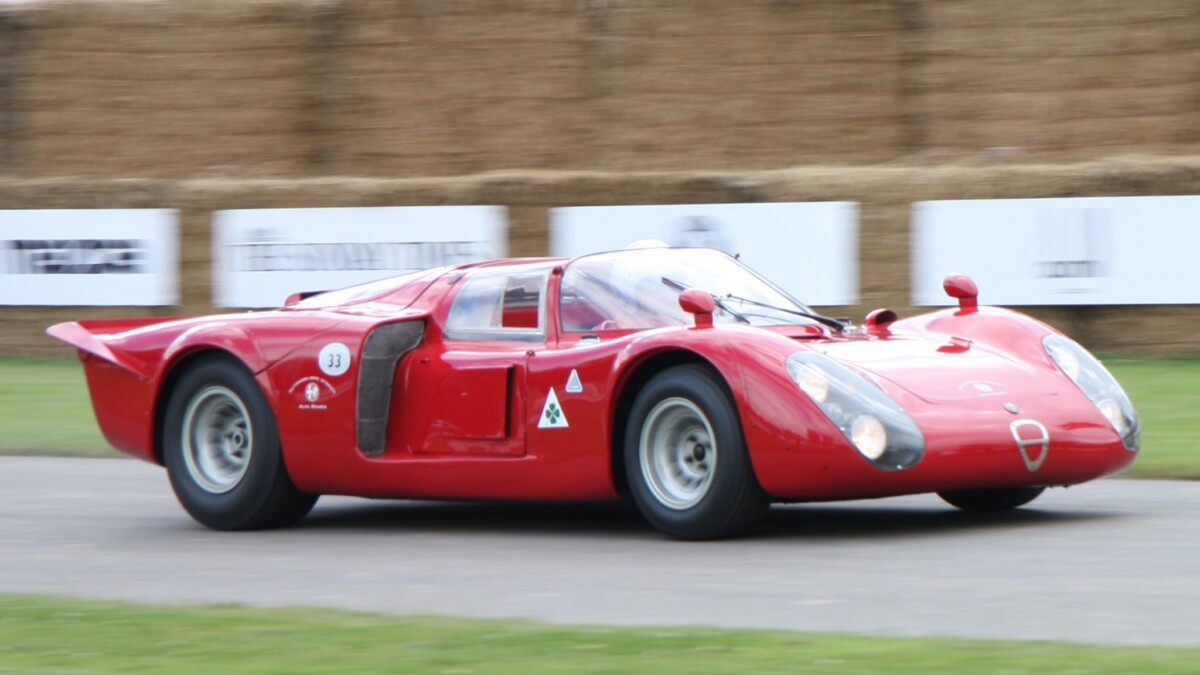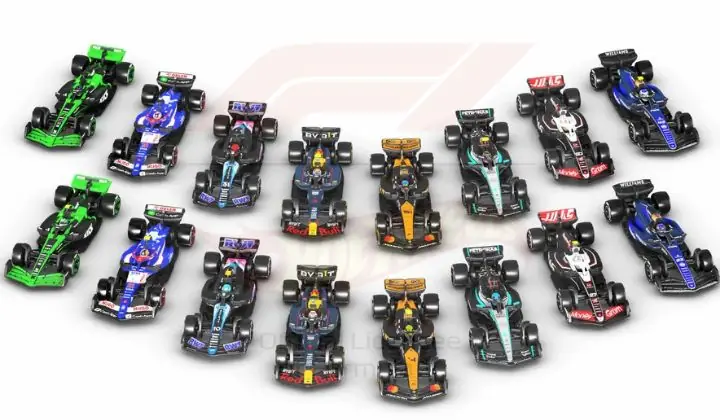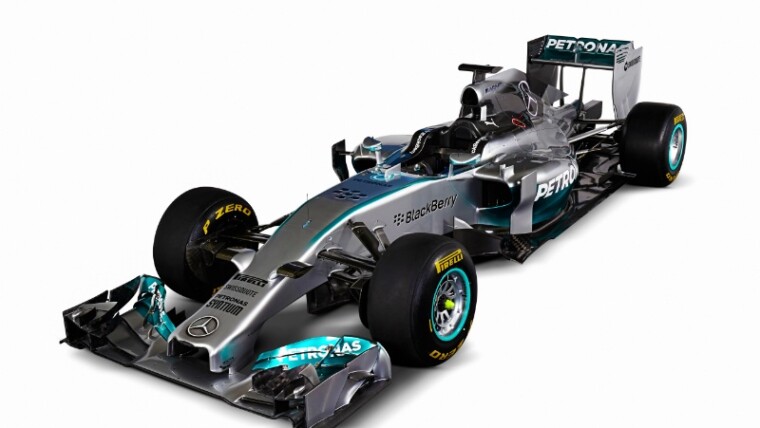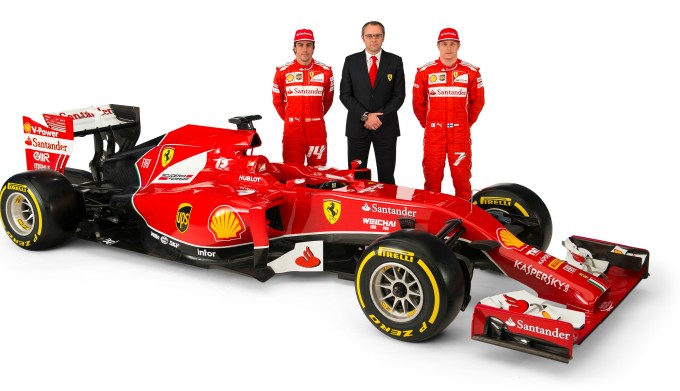It’s official! After more than 30-years, Alfa Romeo is making a comeback to Formula 1 for the 2018 season as the Alfa Romeo Sauber F1 Team! The new car was unveiled at the Museo Alfa in Arese, Italy just yesterday…

Alfa Romeo has five world titles under its belt, among which are the First World Championship for Grand Prix vehicles in 1925, and the first two Formula 1 Championships in 1950 and 1951.

Alfa Romeo also has 11 Mille Miglia, 10 Targa Florios and 4 editions of the 24 Hour Le Mans wins as testament to the legendary and unique racing history of the brand.
Here’s video coverage of the launch of the car which happened at Arese, Milan yesterday…
This is the teaser video that was shown earlier, in it you can see a lot of old footage of Alfa Romeo’s past racing history…
Full press release of the Alfa Romeo F1 launch, click this link: AR_SAUBER_ENG_logo Alfa
A Rich History of Racing Heritage…

A.L.F.A. was established in 1910 and immediately its attention was focused on the races: it debuted in the races already with its very first vehicles, then developed the futuristic and refined project of the Grand Prix 1914, whose career was stopped short only by the First World War.

The first, great international victory was the 1923 Targa Florio, dominated by Ugo Sivocci with the RL: the bonnet displayed a four-leaf clover, which from lucky-charm was to become the symbol of all Alfa Romeo race cars in the future, and, from the ‘60s onwards, would identify the more sporty versions of production vehicles.

In the meantime, the first World Championship for Grand Prix vehicles was announced, the forerunner of F1 races, and Nicola Romeo, who had taken control of the company by then and given it his own name, asked Vittorio Jano to design a vehicle capable of “making him look good”.

The GP Tipo P2, innovative, reliable, and extremely fast, would conquer the first world title in 1925, undefeated, and give rise to that laurel leaf crown that was inserted into the Alfa Romeo brand thereafter. Antonio Ascari, Giuseppe Campari, and Gastone Brilli Peri were the captains of that triumph.

In the ‘20s and ‘30s, Alfa Romeo was unbeatable among Sports vehicles, and won 11 editions of the Mille Miglia as well as four 24 Hour Le Mans races, while the one-seaters Gran Premio Tipo B were the stars of immortal endeavours with Tazio Nuvolari, Achille Varzi, and Rudolf Caracciola.
In 1933, Alfa Romeo became state-owned and the races were managed by Scuderia Ferrari, while Gran Prix victories kept rolling in with the Tipo C, capable of winning and stunning the American Vanderbilt Cup in 1936. Then the slim 1.5 litre “vetturetta” GP Tipo 158 (below) had its debut; it was nicknamed “Alfetta” and destined for a radiant future.

After the break imposed by the war period, post-war “Alfettas” had no rivals. In 1950, the new Formula 1 World Championship was inaugurated, and for the Tipo 158 it meant eleven victories in 11 races with Giuseppe “Nino” Farina winning the title, followed the next year by Juan Manuel Fangio on the Tipo 159 (below).

However, Alfa Romeo needed to concentrate its efforts on re-launching the production, and decided to withdraw from the races, undefeated. Here’s some of the history…
https://www.youtube.com/watch?v=XHlJQrVvsjU
Strong with the success of the Giulietta and with the Giulia just presented to the press, the official return to the races came with Autodelta in the 1960s: it resulted in a hegemony among Tourism vehicles with the GTA, while the career of the Tipo 33 (below) started to take off: in ten years it collected an impressive number of victories among Sports vehicles, which culminated with two World Championships in 1975 and 1977.

They were the years of De Adamich, Zeccoli, Merzario, and Vaccarella. A string of successes that pushed Alfa Romeo to once again access Formula 1, first by providing the engines for the Brabham team, and then – from 1979 to 1975 – with a complete vehicle and drivers of the calibre of Bruno Giacomelli, Vittorio Brambilla, Patrick Depailler, Mario Andretti, Riccardo Patrese, and Eddie Cheever.

Once the adventure of Formula 1 was over, Autodelta relinquished the task to Alfa Corse, which went back to competing in many categories and dominated in Tourism, until the years 2000, with the 155 (above) and 156 (below) and drivers like Larini, Nannini, Francia, Giovanardi, and Tarquini.

Photo Gallery (Launch photos courtesy of Alfonso Rizzo, and historic photos from Google Images)
Other posts by Chris Wee

